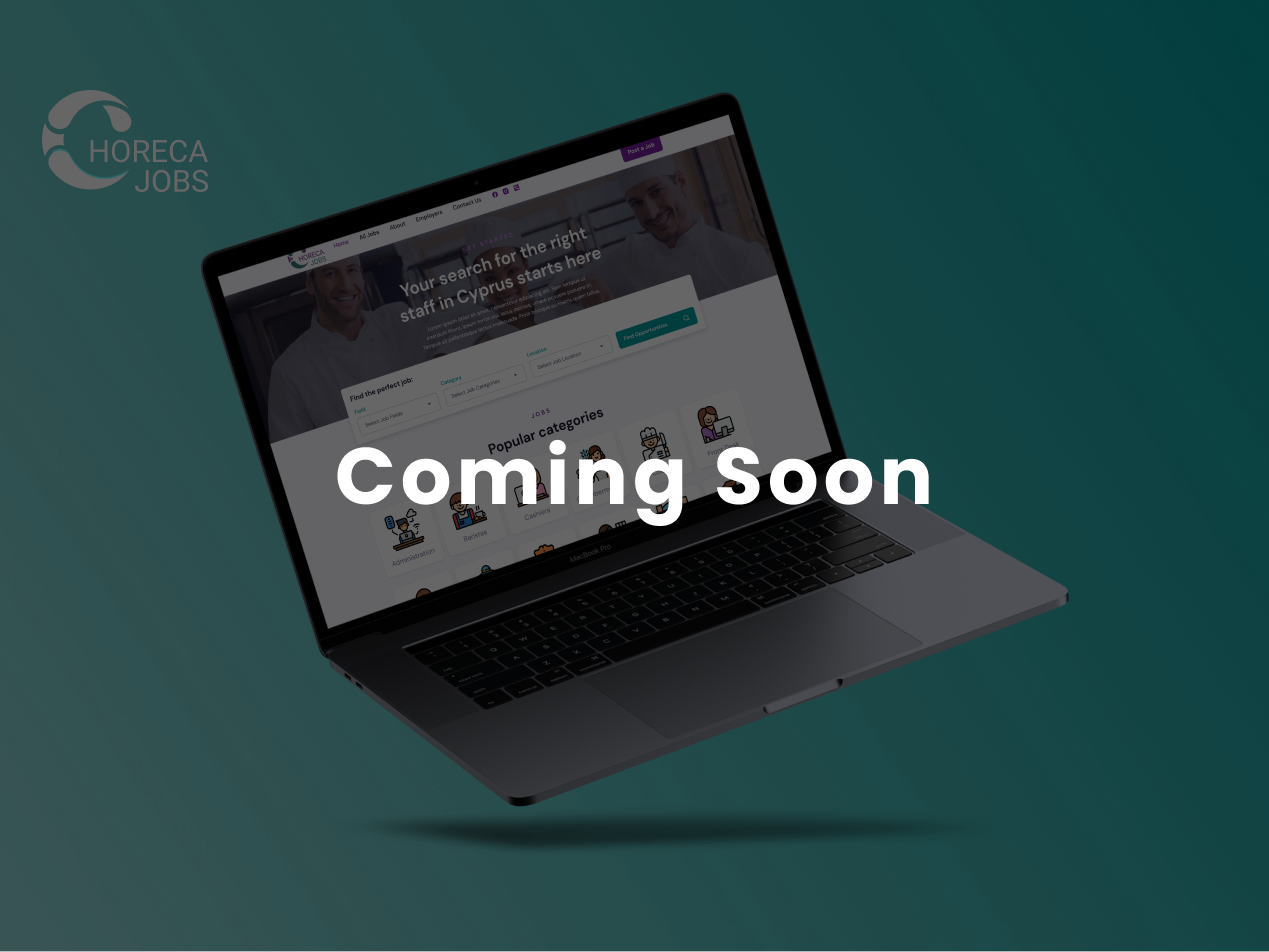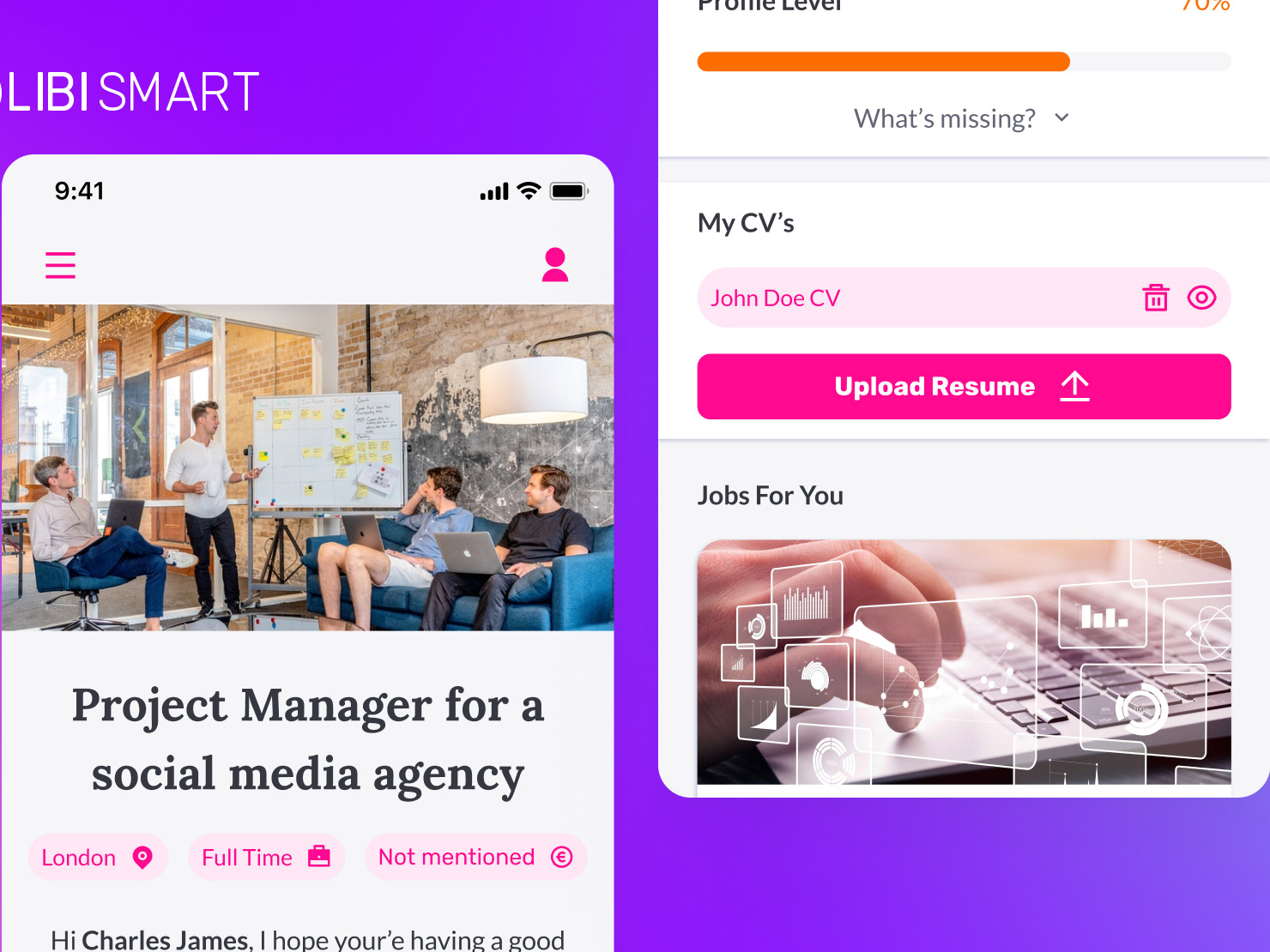Background
The HR industry is evolving. New products born every day, and they suggest automotive processes and new solutions for recruiters’ problems. However, companies and recruiting agencies still hesitant to embrace new technologies due to the fear of changing traditional methods, and “waste” time on learning new technologies, even if they are manual and not accurate.
PROBLEM
Candidates screening is a manual, old fashioned, time-consuming process in a big data world, that causing inaccuracy and missing of suitable candidates.
SOLUTION
Using AI and interactive interactions with applicants, LIBI Smart platform learns each candidate’s job requirements and needs. The algorithm filters unqualified applicants, and allows the recruiter to focus only on the best suitable candidates for any role.
LIBI Smart integrates with external ATS (applicant tracking systems) or can be used as a stand-alone HR system, so companies don’t need to change their recruitment methods.
LIBI Smart integrates with external ATS (applicant tracking systems) or can be used as a stand-alone HR system, so companies don’t need to change their recruitment methods.
IMPACT
- 45 active recruiters using the system on a daily basis
- 80,000 active users (applicants)
- 300,000 engagements
- 80,000 active users (applicants)
- 300,000 engagements
MARKET RESEARCH
Looking at the overall HR-Tech market, we divided the competitors into two main general categories:
1. ATS (applicants tracking system) softwares
2. AI-based HR softwares
While the ATS market holds dozens of companies, most of them are just "candidates pools" that scan CVs and transcript them, which is not really LIBI's agenda, but softwares that integrate with LIBI.
Our direct and important competitors are the AI-based softwares, which also screens and matches candidates based on smart AI algorithms.
As part of the market research, we also conducted demos with competitors, to diagnose our differences and compare patterns, basic UI and capabilities.
User Research & Mission Analysis
Since we were a small startup, without many active users, I had the privilege to conduct constant user research on a weekly basis- I got to sit next to the recruiters while they were using the product, talk with them about their daily missions on the job, what's difficult for them and what they want to achieve.
Moreover, to get more information and learn about the recruiter's behaviors, I conducted both personal interviews to understand their personalities traits and what drives them in their work, and surveys to get more quantitive feedback about the product.
Due to the interviews and the research, I was able to create an analysis that break downs the top daily missions in the recruiter job, determine the frequency, importance and difficulty of each and thus understand better the pain points and what needs to be better on the product.
Top Insights:
1. Recruiters are FAST AND not-so-FURIOUS - they work on commission and the competition to fill every role is fierce so they need everything to be efficient, so they could recruit as fast as possible.
2. Waste time talking to irrelevant candidates is a b**** - recruiter can find herself talking to a potential candidate about a position in Tel Aviv, just to find out 10 minutes later that the candidate moved 3 months ago to Be'er Sheva, and it's not relevant for him.
3. Everything needs to be simplified and familiar - most of the recruiters tends to tangle when they interact with actions or wordings they're not familiar with.
4. You learn most about your users when you just let them talk - so many times, during meetings or sessions, a recruiter just "slipped" something about her experience or a by-the-way comment that was a major AHA moment for us and how we can improve our product.
PERSONA
USER FLOW
BROWSING JOBS
Create a JOB
Along with the overall description and details, the important step in this process is adding the filter questions. The questions later appear on each of the interactive questionnaire that the candidate receive, and with the answers we learn about the candidate’s profile and preferences.
Job Dashboard
The job dashboard is the main section for the recruiters. This is where they can manage all the candidates affiliated with the job, watch the results of the questionnaires, and analyze the data of each position.
Candidates
Explore
Another key feature in the system is the Explore section, where the recruiters can search candidates from the large applicants pool, and filter them by their role needs and requirements. In addition, the recruiter can save favorite searches or browse from the common list.
Empty States
Design System highlights

